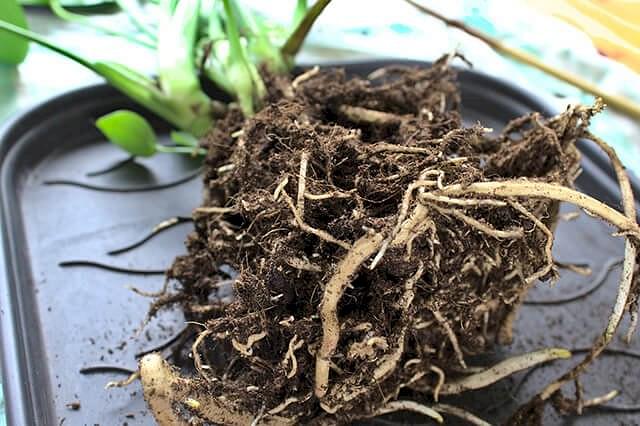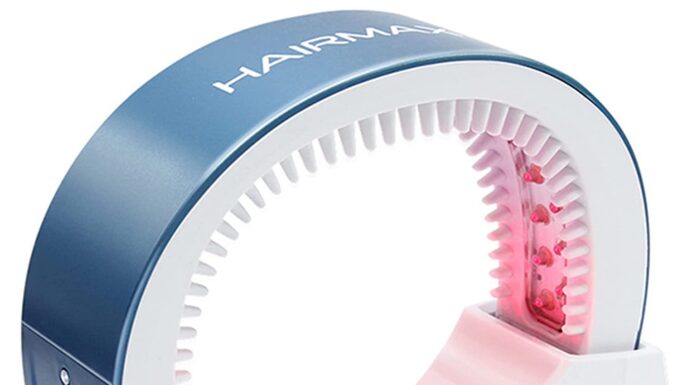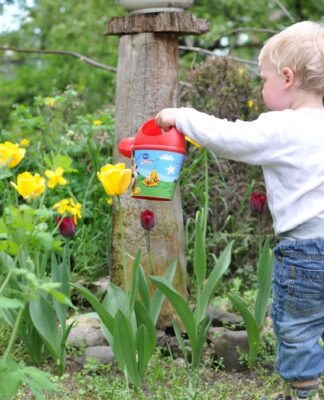Root rot can be brought about by a wide range of organisms, and it can influence trees, bushes, and plants. Regularly, one of the primary triggers is over-watering, prompting an excess of dampness around the foundations of the plant. This establishes an optimal climate for growth to flourish. Check for manifestations to reduce the issue ahead of schedule, as it is hard to treat. One of the fundamental approaches to treat it is to eliminate the influence of plants and circulate air through the dirt decently well. In any case, the most ideal approach to manage root rot is to forestall it in any case.

Knowing If Your Root Is Rotten:
Search for yellow leaves: One of the main indications of root rot is the point at which the leaves start to become yellow or earthy colored. That implies they’re not getting sufficient water and supplements, which is because of passing on or harmed root frameworks.
- The leaves may look dull from the outset. At the point when they become yellow, they may likewise start to shrivel.
- Yellow leaves can likewise be an indication of underwatering, however normally they’ll twist and hang on the off chance that it needs water. In addition, the dirt will be dry.
Watch for twigs and branches vanishing in trees: On the off chance that the root rot is extreme, branches may start to vanish. All things considered, they’ll lose their leaves, and you’ll see dry, fragile wood rather than graceful branches and twigs.
- Illness, dry season, and swarming can likewise make branches vanish.
In any case, it’s important to know how to fix root rot.
Managing Root Rot In An Outdoor Garden
Apply nitrogen to help support plant and root development: At the point when plants surrender to root rot, they will not get sufficient nitrogen from the dirt to flourish. It’s ideal to apply it between the lines, then, at that point develop between the lines to hurl it on the roots.
- Settle on potassium nitrate, ammonium sulfate, or ammonium nitrate over urea.
Develop between columns to help new root development: On the off chance that the roots under are decaying, now and then new roots will develop close to the surface. Developing or “fighting” includes pulling development teeth in the earth between lines as a method of slaughtering off weeds.
- Make a point not to get excessively near the plants, as that will cut off the finishes of roots, which is something contrary to what you need to do. Go down the center of the column to keep away from the roots.
- Now and then, it assists with doing this twice in succession with around 5-10 days in the middle.
Eliminate soil around the foundation of plants: Try not to place plants in the ground further in the dirt than how they came from the store. On the off chance that you did, tenderly eliminate the dirt from the foundation of the plant, yet don’t take out such a lot of that the roots show
- This will assist the roots with approaching the top dry out and ideally recuperate from root rot














